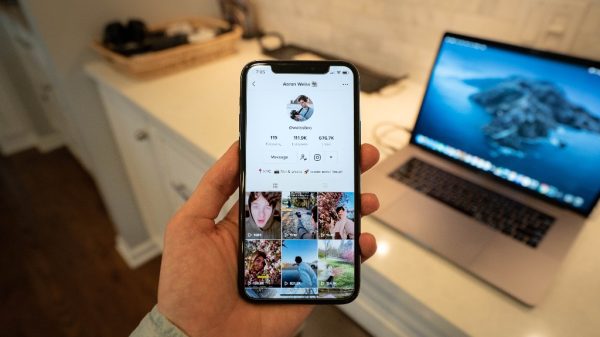In 2014 the Pew Research Center conducted a survey about the U.S. public’s connection to religion called the Religious Landscape Study.
As it turns out, each generation from the Silent Gen (born ‘28-’45) to younger millennials (born ‘90-’96) are becoming less and less religious by all means. To no surprise, this means millennials overall don’t see themselves as “religious” as previous generations.
However, this study also inspected how religion and spirituality are not directly connected, and observed that overall, more people are becoming more “spiritual” instead. Specifically the Pew Research Center sees that “six-in-ten adults now say they feel a deep sense of spiritual peace.”
Could this be any more ironic to hear about millennials?
It’s like posting on Facebook about how useless Facebook is. The loss of organized religion and practices are being replaced with this idea of “spirituality”, which can be TOO personalized to define a lot of times. But it isn’t just about spirituality, it is feeling inclusive and fulfilled with others and yourself.
This idea of being spiritually connected or belonging, is seen as a very valuable asset for brands nowadays. Cigna in partnership with Ipsos also conducted a study on 20,000 US adults in 2018 about loneliness. They discovered that “most [adults] are considered lonely” and that “nearly half of [the people surveyed] report sometimes or always [feel] alone”. This gap in connection is exactly where marketers can come in and fill.
This makes belonging as a massive building block for brands and any marketer. Especially because transactions are still focused on filling needs and emotions a lot of times take over logical restrictions.
We all know this already, why would you choose that poor rough and cheaper toilet paper roll for your home over the one that is slightly more expensive, gets the job done right, and makes it a better experience? It is your bum, and you want to “feel” good about it! Am I right? It is emotional.
All jokes aside, this definitely could be the biggest space for marketers to jump into. Maneuvering this space means being authentic, focused connection, and understanding nuances within today’s culture. How do you define “Belonging”? But the biggest and hardest steps is (as always) defining, how far are you willing to go?
Staff Writer, Kaiden Gray has experience in product management, strategic planning for non-profits, and can get through a series in a week on Netflix. He has traveled to over 20 countries, and when he's not in between flights, he's busy learning about the mysteries of the universe.












































Pingback: Advertising can make people unhappy! How?
Pingback: How Nestle's emotional branding converted a nation into coffee drinkers
Pingback: Your overabundance of advertising is repelling customers & clients – Dealroz